So at the start of the year we thought we would post a challenge a week, 52 cool things to learn in a year… and guess what, it turns out we are mighty slow learners, and we get caught up in learning, and one thing almost always leads to another and suddenly the year is almost out. One thing that we did spend time on was First Aid and learning how to cope in an emergency. This is actually an ongoing conversation and now that we have opened it up it is something that we definitely intend to pursue.

The one thing about learning about emergencies is to keep it simple, in times of stress no one can remember multiple instructions, so the simpler the better. And with small children it has been vital to keep it fun. Much as they love a drama when they are playing, they don’t need too much of a drama to understand what to do in an emergency. They were very excited to learn about emergencies and had a great time learning First Aid, but we didn’t need to go quite so far as some websites suggested, it wasn’t actually necessary to spill ketchup down our clothes to suggest real blood. At this stage pretending and mastering the necessary skills was quite enough.
Emergency Procedure in Se7en Steps:
The first thing we realised was that we didn’t have an emergency procedure… there was no specific plan in place and if anything were to happen you would have se7en+1 kids flying in se7en+1 directions. The very nature of training your kids for emergencies is that it is really best that you are not in an emergency to prepare for one. So a lot of the ideas that they learn happen in “what if” scenarios… this is a great game to play with them and give them a chance to think things through…
- Establish an Emergency Procedure for your Home: This was something to talk about and give them a chance to think about evacuation… which exits to use, for example. They need to know that in some emergencies you can grab something on the way out and others you just have to get out. You can have a card with emergency numbers at your exits, but it is worth taking the time to teach your kids the relevant phone numbers… While it is essential to know your local emergency number, some emergencies might just require a friendly neighbour or a grandparent… they need to learn those numbers – and trust me, if your kids can learn the lyrics to any number of songs then they can learn a few phone numbers. Speed dial in this scenario isn’t your friend… they may not be able to phone from a family phone for some reason or other.
- Talk About Emergencies That Could Happen in your Home: What are the reasons we would need to evacuate: a fire, a fire in the neighbours house, an intruder, the neighbours tree falling on the roof, a wild animal, a snake… when we started talking about it we realised that our need for a plan wasn’t just an idle conversation… it was something that we needed to implement.
- Learn Basic First Aid: When it comes to First Aid, nothing beats a real live teacher for training and everyone should be so luck to and one time or another attend a first Aid course. Unfortunately this isn’t always possible and the next best thing is a really good First Aid Manuel.

The Illustrated South African First Aid Manual by Linda Buys Published by Penguin Random House South Africa.When folk talk about their emergency kit… it is usually packed with badges and creams, plasters and gauze,… turns out possibly the most important thing you could have in your emergency kit would be this book. It is literally packed with procedures for almost any emergency. That being said, it is absolutely no use having a great book on First Aid if you have never taken a peek inside it. Having heard to be careful of boiling water is not quite the same as knowing what to do if a child spills a kettle on itself. Frankly, these are life skills that kids need to know, a basic knowledge of first aid is fundamental.
Apart from a physical manual there are literally heaps of resources online, we went in search of the best of the rest for you. The British Red Cross website has great resources for learning First Aid Skills, for an emergency situation… videos on how to help someone who is choking or bleeding, unconscious or broken bones. Then they have a more detailed list, for once you know the basics: how to recognise and cope with a stroke, a heart attack, hypothermia, the list goes on. Each situation has a video, and an opportunity to test your skills. This is fantastic for learning your way through an emergency each week for a couple of weeks and we will definitely adding these little lessons to our family school next year.
- Consider Emergencies That They are most Likely to Encounter: The American Red Cross has a heap of different types of Emergencies and how to handle them. FEMA, Homeland Security, also has lots of resources for learning about emergencies… printables, and activities. St John’s Ambulance in Australia also has useful Fact Sheets to download in any number of languages.
- Move on to Emergencies That Aren’t Typical: The whole point about emergencies is that they do happen unexpectedly… it is unlikely that my kids would ever be caught in a blizzard in Cape Town, or experience an avalanche. But the point about emergencies is that they are totally unexpected… and years from now and conversation about blizzards around the lunch table could save a life.
- Who to Turn to for Help: Another reason for learning about emergency procedures and first aid is that not only does it raise awareness and encourages folk to stay safe, but we can, in a given situation, save lives as well. The thing is to know when and how to ask for help. Have an easy to access list in your phone, have a list on the fridge… have a list full stop. And learn how to use the list.
- Practice, Practice, Practice: I think it makes sense that this isn’t a once off exercise and that it is something that you need to talk about and practise again and again… Nobody wants to be in an emergency and wish they could remember what they learnt a couple of years back… regular lessons and practicing is actually fun.
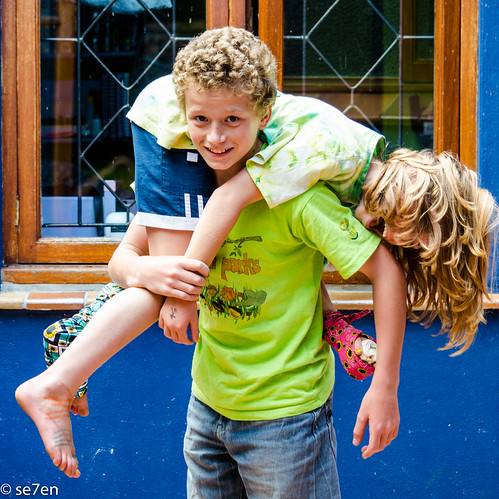
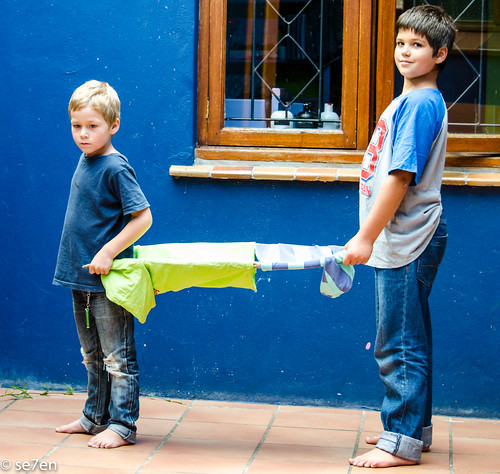
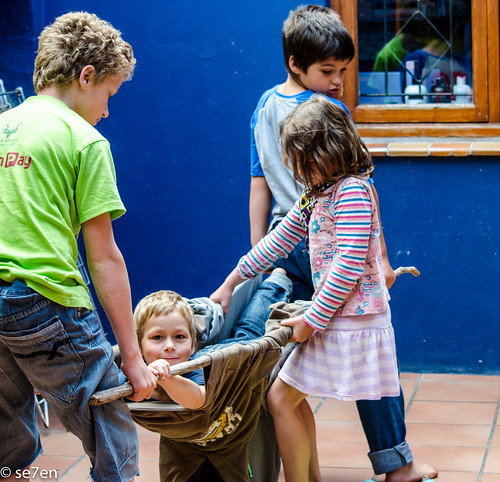

An Interview An Emergency Worker:
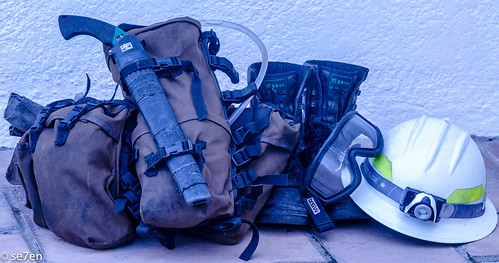
It is one thing to read about emergencies it is quite another to be in one… we decided to interview a friend who volunteers for our local Voluntary WildFire Service. This is an organisation where ordinary men and women do extraordinary things to protect our local communities and our veld from wild fires.
- What made you become a volunteer wildfire firefighter?
- What is the best part of being a volunteer wildfire firefighter?
- What happens when there is a wildfire?
- What training do you have to do to go onto the fireline?
- What is your most important Emergency tip?
- What are your top tips to being fire ready?
- If you live near a high-risk fire zone, maintain necessary firebreaks and clear alien vegetation.
- Do not discard of burning cigarette butts carelessly – this can be reported to the Stompie hotline by dialling 021 424 7715.
- Only braai in safe and designated areas and make sure that it is completely out before leaving the area or going to sleep.
- Chinese lanterns look great, but they are illegal and once lit you have no control over them and they do and have started fires. The same goes for discharging flares.
- What was your best experience as a volunteer firefighter?
- What should you do if you are in the veld and see a fire?
- The fact that this book is so often removed from my desk tells me that it is appealing. There is something new and interesting on nearly every page, the illustrations are very clear and concise and my kids have enjoyed trying out new bandaging skills and gaining a little bit of experience but by bit.
- It is written in plain English, there is not medical jargon to get lost in and even a laymen or in our case a couple of kids, can easily understand it.
- The instructions are crystal clear with photographs to demonstrate the necessary steps for each and every procedure throughout.
- This book is packed with a wide variety of emergency situations… heaps of situations that we had never even thought of. Everyone has heard of the Heimlich manoeuvre but this book has far more details, did you know for instance that you can do the Heimlich manoeuvre on yourself.
- This book has valuable information stacked between it’s pages… the information is organised into colour coded sections… making it very easy to look things up and find the right section in a hurry.
- This book fits easily into a glove compartment or a backpack or in a First Aid kit, something that can be kept to hand and ready to be opened up and referred to whenever you need it.
- This book is very clear about what you should stock in your emergency kit and what you can use around the house to improvise if you don’t have particular items. We are fairly minimalist in our First Aid kit… We have ice-packs for any number of everyday bumps and burn shield bandages, because I just can’t think of a serious burn without them. Well this book has been added to the emergency drawer, because it is such an invaluable resource.
I am passionate about the outdoors and being a volunteer wildfire firefighter with Volunteer Wildfire Services provides an opportunity to give back to both the environment and the community. I am also driven by seeing other people’s commitment and time that they give to a cause. The gel that holds the unit together is working with people of varying ages, backgrounds and careers who give of their time and energy for others, and that we are all part of something bigger than ourselves and it takes all of us to really make a difference.
It is that sense of accomplishment after a fire that as a team you have worked hard, but you have achieved your objective of putting the fire out. It is also something special to be up on various parts of Table Mountain National Park at night and overlook the different parts of the city.
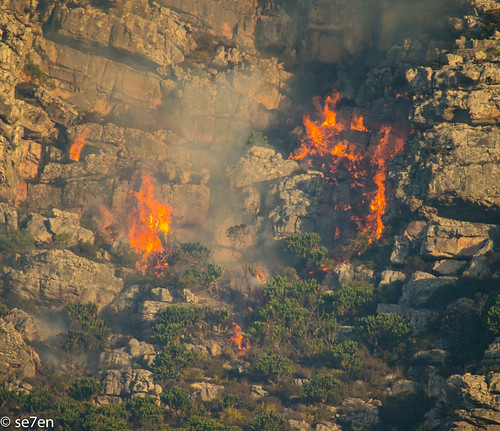
We are on continuous standby. When there is a call-out, an SMS is sent to all members. Those who are able to, respond to the SMS and report to base. Once everyone’s kit has been checked, we are deployed to the fire in teams of 8. On the fireline, there is active firefighting where we beat flames, however an important part of the ‘job’ is mopping up to ensure that fire is properly out and does not re-ignite. The time spent on the fireline is generally about 5 hours, however members are expected to be prepared to allocate up to 8 hours to a fire. We need to carry enough water and food for this period. It doesn’t only take firefighters to ensure that a fire is extinguished. Other key roles include planning and control, drivers and logistics.
There is an annual training season that takes place between May and October. The training is a combination of scenario sessions which are generally about between 4 and 5 hours each and day/night hikes of approximately 12km. The skills training includes mapwork, GPS, communications, pumps and hoses. These are evaluated at the end of the training season. There is compulsory fire safety evaluation in order to qualify. The final test is a fitness evaluation which is completing a 4.8km walk with a 20.5kg pack within 45 minutes.
Try your best to keep calm. Also have emergency numbers saved on your phone.
Most veld fires are due to human-related incidences. Here are some ways that you can contribute to the preventing dangerous fires:

One that stands out must be during the Cape Fire in March. Everyone rallied together. The support from the public was amazing, whether it was through donations, providing accommodation to people who had to evacuate their homes or sheltering animals. Although the fires were devastating, the community of Cape Town stood as one.
If you spot a wildfire, make a plan, don’t panic. Phone for help – alert the relevant authority to the location of the fire. Please avoid the desire to try get close to it so that you can take photos. Wildfires move with the wind, so move away against the wind. Never run away from a wildfire up hill or up slope. If possible move sideways towards the flatter ground.
How to report veld fires in Cape Town and surrounds:
We would like to thank our friend at the Volunteer WildFire Services for their interview and for their commitment, above and beyond the call of duty to serve our community. If you want to know more about the Volunteer Wildfire Services then visit their website and see what they are all about.
What to Look Out for in a First Aid Manual

The Illustrated South African First Aid Manual by Linda Buys Published by Penguin Random House South Africa. I confess this book has been on my desk for review for absolute ages, the problem is it keeps vanishing… my kids have read it and reread it and each time they get into it, and learn something new. To be honest, I think that a real live teacher would be first prize in mastering a lot of First Aid Skills, but this book comes a close second.
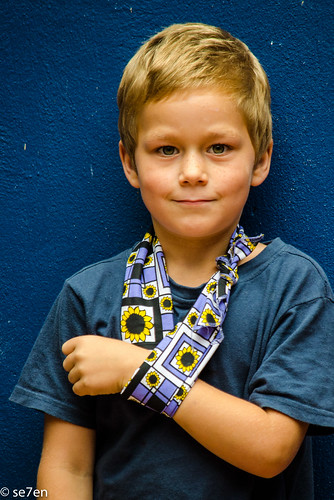
We don’t all have access to First Aid classes, but there are some great First Aid books around. The thing about a book like this one, is that it is no good having it unless you open it up and try out a couple of things. Nobody wants to get into an emergency and try out a procedure for the first time. So slowly but surely we are working on our First Aid Skills. First we tackled the procedures that we have experienced: bleeding, a broken bone and such like… then we moved on to procedures that we could encounter like how to recognise a stroke, or what about a snakebite and finally we looked at procedures that we hope we never encounter, for example an eyeball popped out of it’s socket. To be sure, we are unlikely to ever encounter a lot of the events in this book… but we certainly are a whole lot more aware should we encounter an emergency.
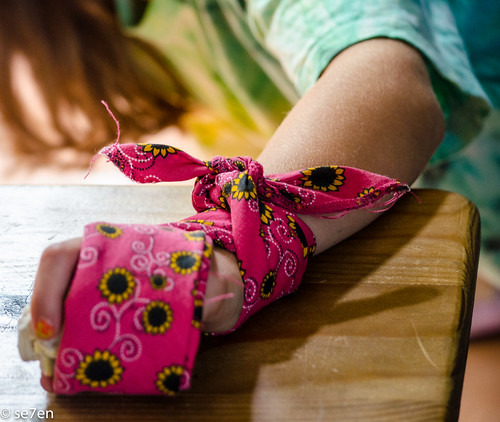
Se7en Things We really loved about this book:
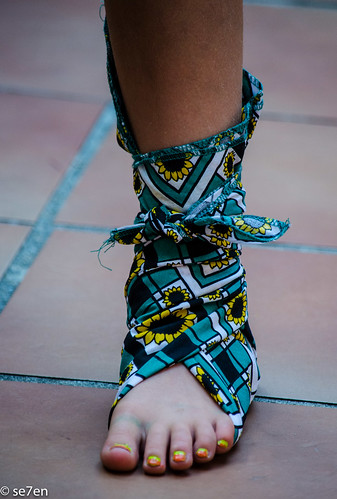
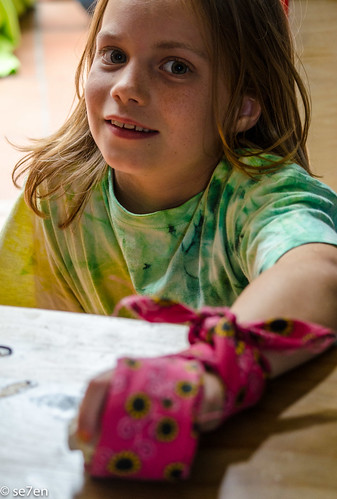
We were given a copy of The Illustrated South African First Aid Manuel for review purposes. We were not paid for our review, this is not a sponsored post and the opinions expressed are as usual our own.
The Challenge Collection

Last year a number of followers asked us to blog about the sort of things that we learn during family school… and this year we are blogging the answer to that question in a series of Weekly Challenges. In each challenge we will try to include: Somewhere to visit; something to ask; something to learn; something to discover; something to make; something to work on; something to present and so on. Well we began with enthusiasm and then the year simply got away from us… well we are back and the dozens of ideas that have been lurking on the back burner will be begin to emerge again…
Challenge #1: The Big Book Challenge…
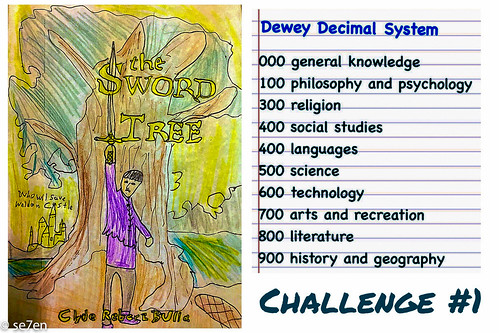
Challenge #2: The Best Bread Bake-Off…
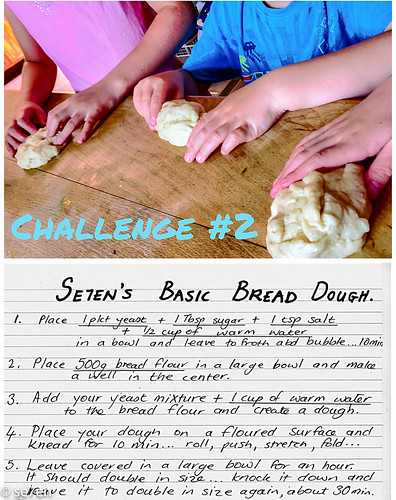
Challenge #3: Computer Maintenance…

Challenge #4: How to Turn a Collection Into a Museum…


4 Replies to “Se7en’s 52 Week Challenge #5: What to Do in an Emergency…”